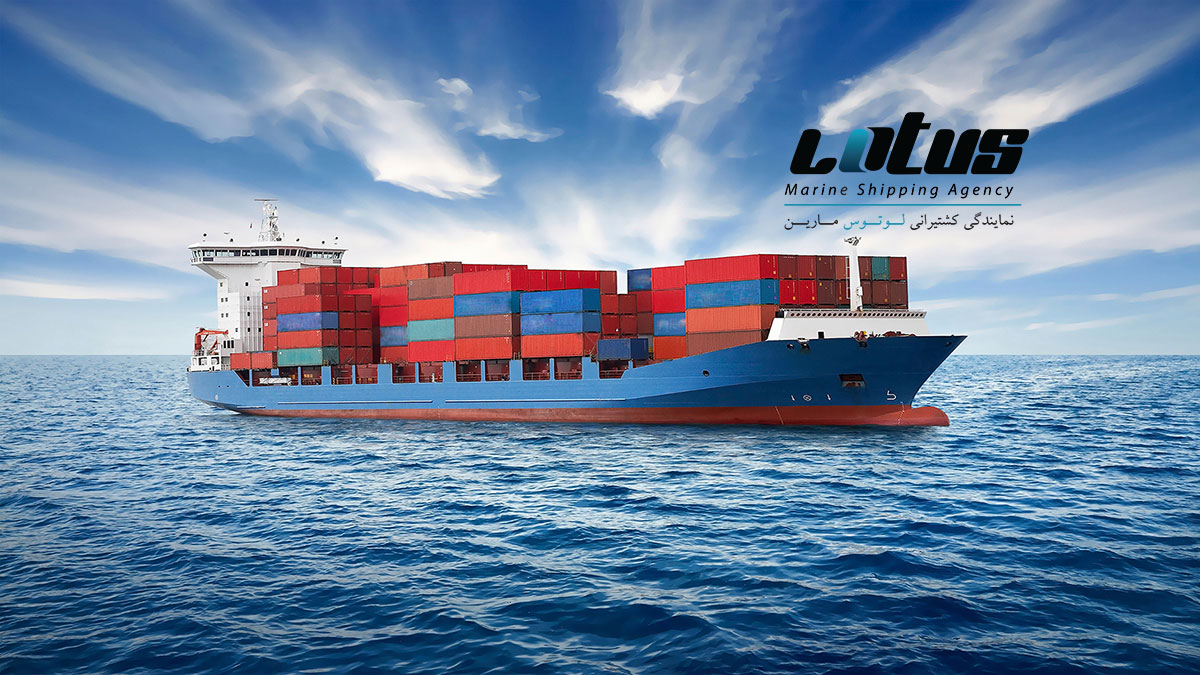There’s a lot to shipping and getting it right for client satisfaction and company profitability. One way to ensure success is to monitor key performance indicators for the shipping industry. A key performance indicator (KPI) is a measure used to track and understand the shipment process and supply chain metrics.
KPIs allow the shipping managers to develop improvements within the customer order cycle.
What does KPI mean in logistics?
KPIs are used in all industries to measure results and performance over time. There’s no end to the number and type of KPIs used to measure performance metrics in the logistics industry. In logistics, KPIs can help a warehouse manager understand performance at a glance. It helps the manager know whether customers will be satisfied based on the metrics.
KPIs are important in logistics to ensure customer satisfaction, whether retaining customers or attracting new ones. Customers expect fast and accurate delivery, and they expect their goods to arrive undamaged. This puts a big burden on the shipper to meet these demands. Customers are looking at KPIs too, but not listed as such. They want to know how long it takes for their goods to arrive and know that they’re well-packaged and accurate. Competitors can take away this business if a shipper’s logistics KPI metrics aren’t met.
What are the three types of performance indicators?
In logistics as a whole, there are three types of KPI categories.
- Procurement: Procurement KPIs track processes and costs like the inventory cost, material arrival time, and reorder time. It can also be considered a supply chain KPI. These KPIs are helpful for managing and tracking inventory turnover in the warehouse and ensuring the right products and materials are available at the right time, without overspending. The freight forwarder may also be tracking procurement KPIs, as the goods are shipped to the warehouse, from origin to final destination, for their customers.
- Logistics: Logistics or warehouse KPIs track the picking and packing process, as well as order accuracy and picks per worker. These are considered some of the shipping KPIs. The metrics are important for 3PLs contracting with shipping companies, as well as for warehouse managers running their own operations.
- Transportation: Transportation KPIs include the freight pick-ups and delivery times, freight cost, as well as cost from order placement to delivery. Carrier performance and distribution metrics are important to measure with KPIs. A distribution KPI helps logistics staff understand how quickly and cost-effectively customers are receiving their products
click here for more information about iran sea freight .








